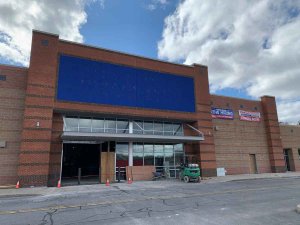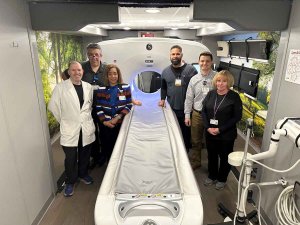“Assumption of risk typically will not apply to concealed or unreasonably increased risks, or unique and dangerous conditions over and above the usual dangers that are inherent in the sport...”
The end of the holiday season and the official start of winter (recent warm spell aside) seems like a good time to talk skiing and snowboarding – one of the things that I enjoy most about winter in the Northeast.
Our son was in a pretty serious skiing accident last winter, when the edge of his ski clipped some ice, and he was launched off the trail and into the woods where he hit a tree. Thankfully his leg took the impact and while he had to have multiple surgeries and faced a long recovery, we know (and try not to think too much about) how it could have been a lot worse. (Note for parents: if you didn’t know this already, kids heal much more quickly than adults. On our son’s first day back this year he was bombing down the mountain).
As any good son of lawyers, he soon jokingly asked whether he could “sue God for the ice.” Well, aside from shaking his fist, he’s out of luck.
But, sometimes, someone can be held liable for a skiing accident. So, today we’re talking about when that might happen.
Assumption of risk is a legal doctrine that can apply to relieve defendants of liability for injuries sustained by an individual in the ordinary course of participating in various sporting or recreational activities like, here, skiing or snowboarding.
Under New York’s Safety in Skiing Code (General Obligations Law art 18), the Legislature has determined that downhill skiing contains inherent risks that may result in personal injury, and in light of such recognition, both skiers and ski area operators have certain defined duties.
Some of the inherent risks in skiing identified under the law include the risks of injury, death or property damaged which may be caused by variations in terrain or weather conditions; surface or subsurface snow, ice, bare spots or areas of thin cover, moguls, ruts, bumps; other persons using the facilities; and rocks, forest growth, debris, branches, trees, roots, stumps or other natural objects or man-made objects incidental to the ski facility. Anyone who skies with any frequency in the Northeast is very familiar with these types of conditions.
Assumption of risk typically will not apply to concealed or unreasonably increased risks, or unique and dangerous conditions over and above the usual dangers that are inherent in the sport. But remember that it does generally apply to risks caused by less-than-optimal conditions, provided that those conditions are open and obvious and that the consequently arising risks are easily identifiable (i.e. that log or rock that is not yet fully covered).
The Third Department (the NY appellate court that covers the area where we practice) recently had occasion to discuss liability for skiing related injuries in a December 2021 case involving a first-time skier’s fall during a lesson.
Essentially the Court held to the rule that a ski area operator is relieved from liability for risks inherent in the sport of downhill skiing where the participant is aware of, appreciates and voluntarily assumes those risks. The issue of whether the participant is aware of and appreciates a particular risk is considered in light of their skill and experience.
In that case the court found that the assumption of risk doctrine did not apply to relieve the ski mountain of liability (at least at a pre-trial phase) because the skier was a novice, testified that she expressed apprehension to her instructor that she was able to move from the bunny hill to a regular trail, was on a trail that the instructor acknowledged included a risk to skiers of going into the trees, and the skier did not know how to adequately stop or slow down (the instructor admitted that when the skier went out of control, the experienced instructor was not able to catch up to her).
Some other examples of when a ski mountain or other defendant might be liable for injuries to a skier notwithstanding assumption of risk include: when the ski lift operator fails to stop the lift when someone has fallen or is tangled; when another skier’s reckless conduct causes the accident [meaning that the reckless skier him/herself would be liable]; or a case we recently handled in which the bar of a poorly maintained lift chair fell on our client’s face causing severe injuries.
And some examples when a ski mountain or other defendant were found not to be liable: experienced skier’s fall on rail slide in terrain park; snowboarder standing in the middle of the trail struck by another skier (my snowboarding friends know all about this risk).
If you have been injured skiing, or engaging in another recreational activity, and think it was because of risks that went beyond what is normally expected, give us a call. We are happy to see if we can help.





























 How to resolve AdBlock issue?
How to resolve AdBlock issue? 









